Can crash diets work for cyclists?
What's the best way to shed surplus kilos and get back to your racing weight? David Bradford separates the junk fads from the nutritional gold nuggets
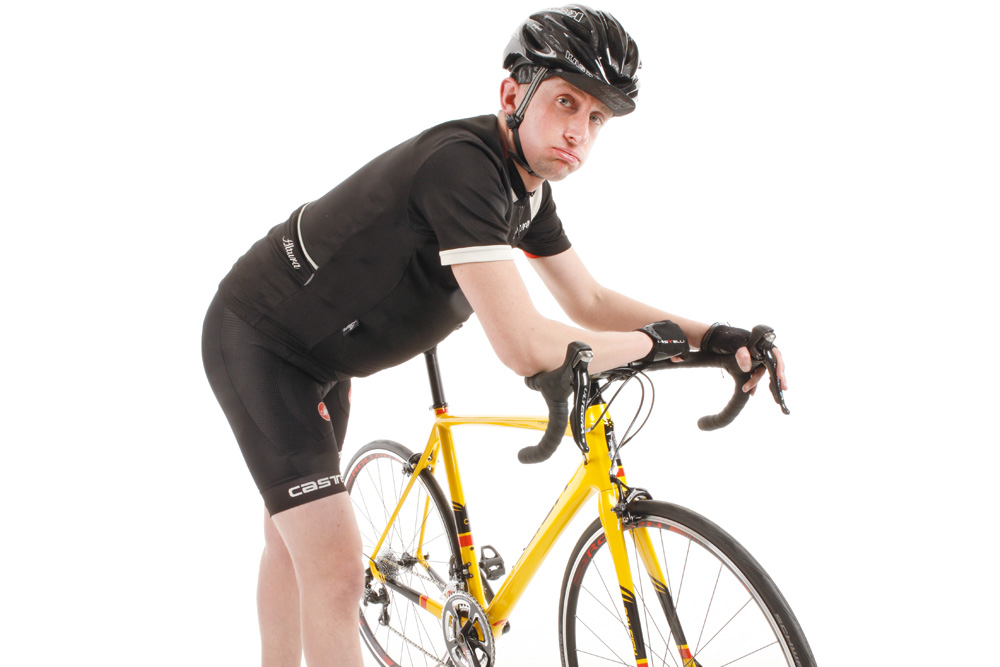
Many amateur racers may have already started their seasons, and sportivistes are already rolling across the start lines of events up and down the country. However, for some riders the new year's resolutions have come unstuck and the plan to shift the excess kilos really isn't working.
You’re feeling fat, unfit and glum, and a layer of dust covers your bike. The new season is here, but your 2015 training log is blank, and you’re starting to panic. PBs and race goals are as far from your mind now as next Christmas; for the time being, you just want to shed some weight, get rid of that bloated feeling and stop living the life of a glutton. Help is at hand. In fact, everyone wants to help you, so it seems…
>>> Detraining: the truth about losing fitness
Like every year, everyone is promising a miracle: diets, gyms, lifestyle magazines, gurus and personal trainers — they all want you to subscribe to their supposedly failsafe plans, schemes and memberships. Here at CW, we only want you to remain calm, resolve to get back on your bike and ride assured you will get back in shape.
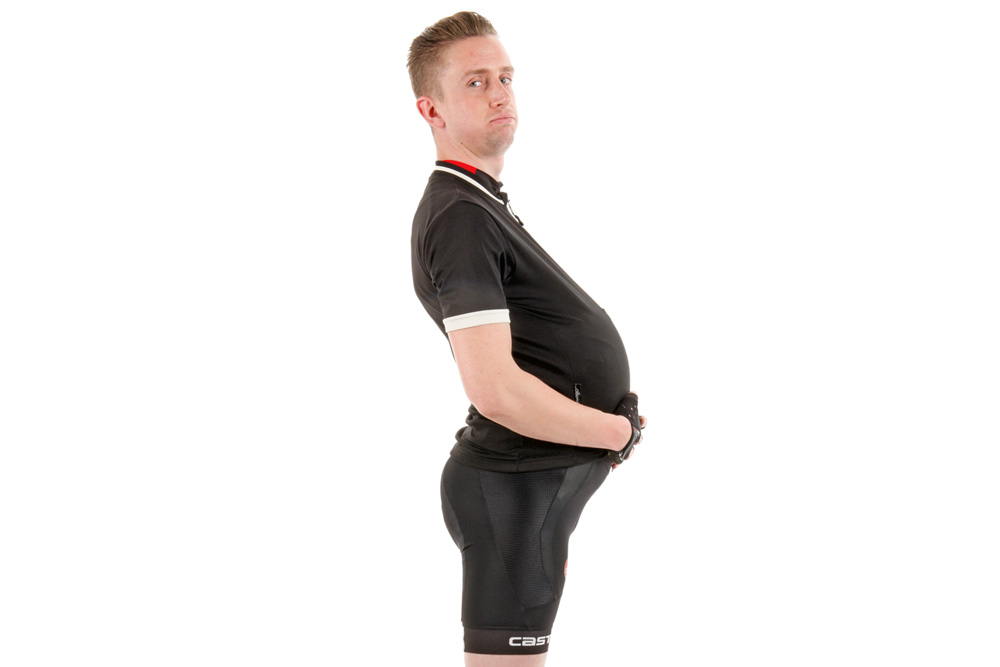
Crash and burn
OK, we understand how tempting it can be to try a radical diet. You would rather get the arduous weight loss done swiftly by means of a crash diet and pretend your belly never bulged. Good news: that may just be possible, with discipline and careful management of calorie intake and energy output. Remember, though, the objective is not self-punishment, it is sustainable weight loss.
>>> Eight ways to improve your cycling for the spring
Get The Leadout Newsletter
The latest race content, interviews, features, reviews and expert buying guides, direct to your inbox!
Some of the ‘emergency’ weight-loss regimes featured here are torturous and ill-advised, especially for a cyclist; we’ve included them as a ‘steer clear’ warning. Others, though, are underpinned by sound, effective principles.
Here, with the help of professional sports nutritionists, we help you to make an informed choice, drawing on nutrition science while avoiding fads and false hope.
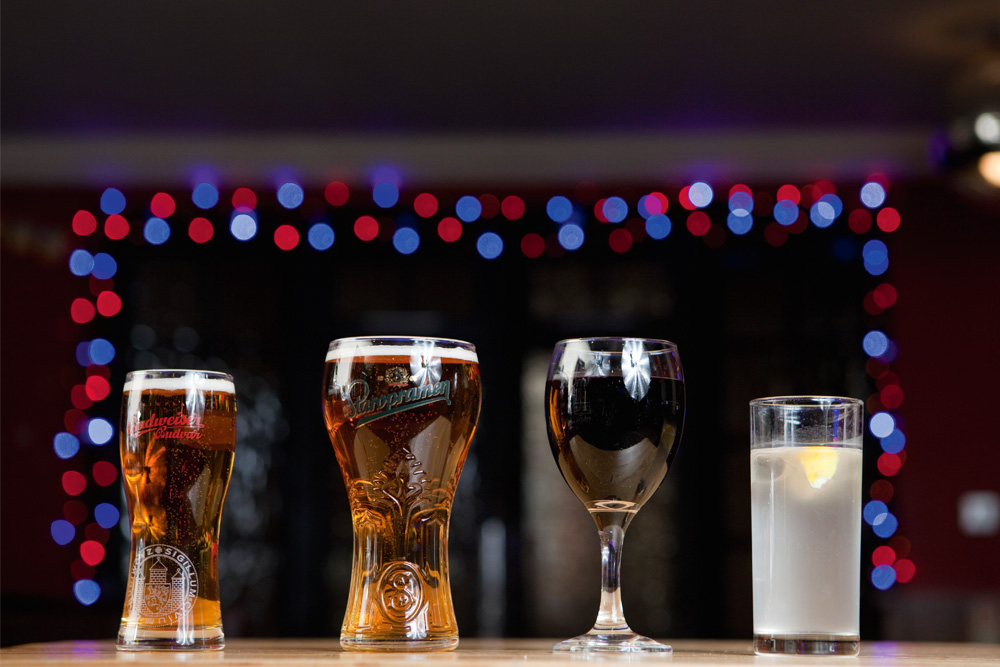
'Dry January' (or any month off the booze)
The claim: Going cold turkey on booze for a specified month will help you sober up, lose weight and resume a more healthy relationship with alcohol.
The reality: If alcohol is your weakness, this just might work. There are 7kcal in each gram of alcohol, and a pint of beer or large glass of wine contains around 200kcal — as much as a chunk of cake. Ceasing heavy boozing and ‘going dry’ is a theoretically straightforward way to slash your intake by thousands of calories each week. That said, switching from daily mulled wine and port to mineral water and green tea may not be easy. Discipline will be required, and implementing total abstinence introduces the risk of binge-resumption once the month ends. It’s probably wiser and less vexing to gradually ease back your drinking to a level of moderation that will be sustainable for the rest of the year.
Nutritionist Julia Mainstone (brightonsportsnutrition.co.uk) agrees: “Dropping alcohol completely can be a great way to lose weight, but maintaining regular alcohol-free days throughout the year is the best way to give your liver a break.”
Going without alcohol for a month isn’t a failsafe solution, however. Far better to pledge to yourself a realistic, healthy, binge-free intake for you — and then stick to it all year round.
>>> Ketones: Controversial new energy drink could be next big thing in cycling
Many of the biscuits and snacks marketed as ‘healthy’ are merely slightly lower in fat, yet still crammed with sugar. Best avoided.
5:2 diet
The claim: You can lose weight quickly by restricting your calorie intake for two (non-consecutive) days each week, when you eat only 25 per cent of your usual total (500kcal for women, 600kcal for men). On the other five days, you eat normally.
The reality: The 75 per cent reduction in calories on the two fasting days means you’ll reduce your weekly intake by 3,000-4,000kcal. One pound of fat contains around 3,500kcal — so, provided your level of activity and your calorie intake on ‘normal’ days remain consistent, you should lose around 1lb per week.
But is this diet suitable for cyclists? Possibly, but only if you are very cautious and carefully schedule the two fasting days to coincide with rest days. If you attempt to train on fasting days, glycogen depletion, fatigue and sub-optimal performance are inevitable. For most cyclists, you’re more likely to achieve sustainable weight loss — and keep building fitness — by reducing calorie intake more moderately while maintaining or slightly increasing your training volume.
>>> Don’t drink so much water during exercise, new research says
Sports nutritionist Julia Mainstone (brightonsportsnutrition.co.uk) says: “As long as a sensible diet is followed on the non-fasting days, this diet could work well to promote a calorie deficit. For active people, it may be tough to combine fasting days with a heavy physical activity programme. Also, some people fail to lose weight because, though they stick to the fasting days, they overcompensate for the calories on other days.”
If you already take two rest days per week, fasting on these days may be an effective way to lose weight quickly. Just bear in mind the calorie deficit you’ll accrue — hard training on the day following a fasting day may be adversely affected.
Dukan diet
The claim: By abruptly cutting out all carbohydrate, before gradually returning to a more normal diet, you can lose weight swiftly yet sustainably.
The reality: Developed by French doctor Pierre Dukan, this diet is pretty complicated. There are four phases: attack, cruise, consolidation and stabilisation. During the first seven to 10 days (attack phase), you eat only high-protein foods and no carbs at all; in the cruise phase carbs are slowly introduced with 28 selected vegetables allowed; the consolidation phase sees the return of dairy and starchy foods as well as two unlimited ‘celebratory’ meals each week; finally, the stabilisation phase is a return to relatively normal, yet considerably rule-bound, eating.
For cyclists, this diet isn’t really practical; the carb-free attack phase would severely hamper training, as glycogen stores would be critically depleted after the first day. Besides, even if you manage the initial fasting period, the real challenge begins with reintroducing fat and carbs in accordance with the rules, and without over-indulging. It is surely easier and more realistic to implement a longer-term strategy whereby you simply cut down on cakes, chips and beer while attacking a carb-decimating training programme.
>>> How to improve your VO2 max
“OK, you’ll achieve rapid weight loss at the start, thanks to the restriction on everything except high-protein foods,” says Mainstone. “But the lack of carbohydrates can give you bad breath and a lack of energy, while the low levels of fibre may cause constipation. If you are active, the first phase will be hard work, as the severe caloric deficit will diminish your recovery and adaptations to training.
“If you want to lose a few pounds rapidly, this may be for you, but I doubt it. Mr Dukan himself lost a libel court battle in France in 2011 trying to defend his diet and book — and his supplements. Say no more.”
No carbs whatsoever for 10 days? This is a diet no sane cyclist could ever sanction.
Fat loss supplements
Non-prescribed fat loss pills may contain unregulated substances and can cause unpleasant side effects. Don’t touch them.
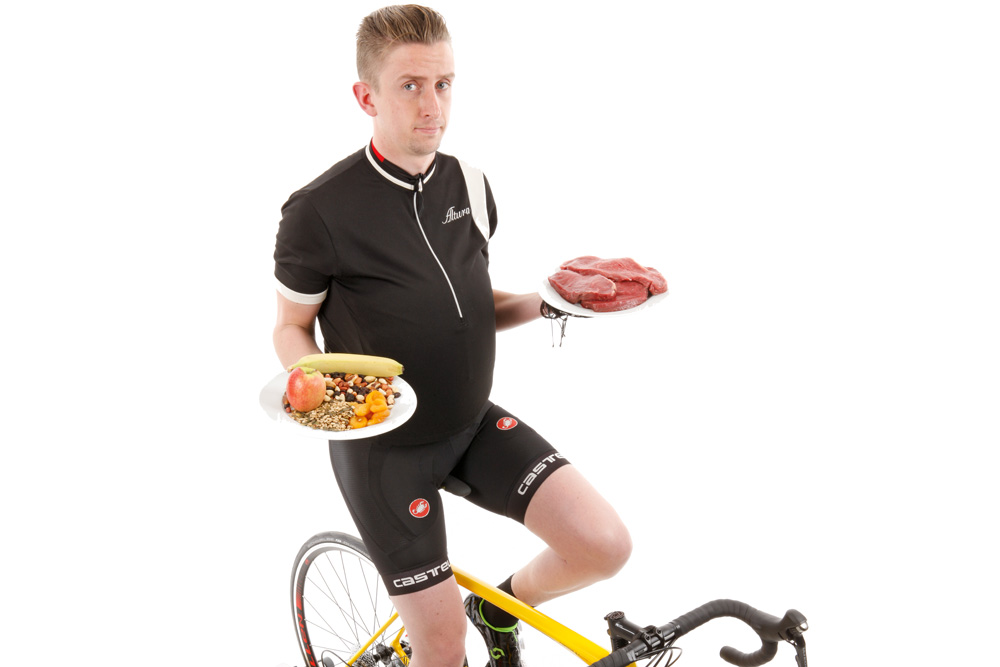
Paleo diet
The claim: Eating like our pre-agricultural, hunter-gatherer ancestors is the best way to lose weight, since it eliminates processed foods and reduces carbohydrate intake.
The reality: The foods allowed by this diet are those that could — theoretically, at least — be foraged for or hunted down in a natural environment. This permits nuts, seeds, fruit, vegetables and meat, but rules out grains, legumes, refined sugar, dairy, processed oils and alcohol. The diet is therefore low in carbohydrate and saturated fat, while being rich in lean protein and plant foods, so it’s likely to aid weight loss. There is also some evidence to suggest our bodies have evolved to flourish on the foods our ancestors had access to.
But hang on — we evidently also evolved to develop agriculture! As cyclists, carbohydrate is our main fuel source, and most of us rely on foods like porridge, bread and pasta for the energy that keeps our pedals turning. What’s more, many of the excluded food groups such as dairy, whole grains and legumes are rich in nutrients.
“The high protein and fat content should leave you feeling full,” advises Mainstone. “However, the relative lack of carbohydrate could be a disadvantage for endurance sports. Also, it’s definitely not suitable for vegetarians. Overall, it has some good points, but doesn’t deserve its cult-like status. Come on, we know our Paleolithic ancestors didn’t even eat chicken!”
Follow with caution. Cutting down on processed foods makes sense; ruling out foods based on a misplaced attachment to primivitism does not.
Can you 'undo' unhealthy food 'sins'?
Detox
The claim: Herbs, magnets, fasting, special water and, erm, snake-stones remove toxins and purify the body.
Does it work? “No, but eating foods free from additives, preservatives and pesticides is sensible,” says Lucy McCrickard, nutritional therapist of LGM Nutrition (lgmnutrition.co.uk). “It is more important, though, to take on all the base nutrients by eating a balanced diet. This keeps our liver function at its optimum.
>>> Why stress can make you fat – and what to do about it
“The liver is our internal ‘chemical factory’, which — with the lungs, kidneys, skin, lymphatic system and intestines — plays a vital role in ridding our system of toxic load.”
Miracle foods
The claim: Certain foods have miraculous powers, ‘undoing’ the ill effects alcohol and junk food.
Does it work? “There’s an increasing number of so-called ‘miracle foods’,” says McCrickard, “that are thought to help limit the damage we do through poor diet. Top of the list are antioxidant-rich foods, including berries and brightly coloured fruits and vegetables. The best solution, however, is to avoid eating the bad foods in the first place, thus limiting the need for miraculous repair. Always aim to eat fresh, organic and seasonal foods, moderate your intake of stimulants such as caffeine and alcohol, and avoid processed foods that contain additives and preservatives.”
Hangover cures
The claim: You can get rid of a hangover and help your body recover by drinking specially formulated, electrolyte drinks.
Does it work? “Not really; time is the only truly effective healer for a hangover. After drinking, the liver and kidneys are over-burdened trying to process chemicals,” explains McCrickard. “Drink plenty of water before going to bed and some form of vitamin C, which helps metabolise the alcohol. On waking, more water and fruit juice will help, as will ginger tea, which can help settle the stomach. Food should include slow-release carbohydrates to balance your blood sugar. Eggs can help, since they contain cysteine, which helps support the metabolic action of the liver, but a fry-up might irritate the stomach.”
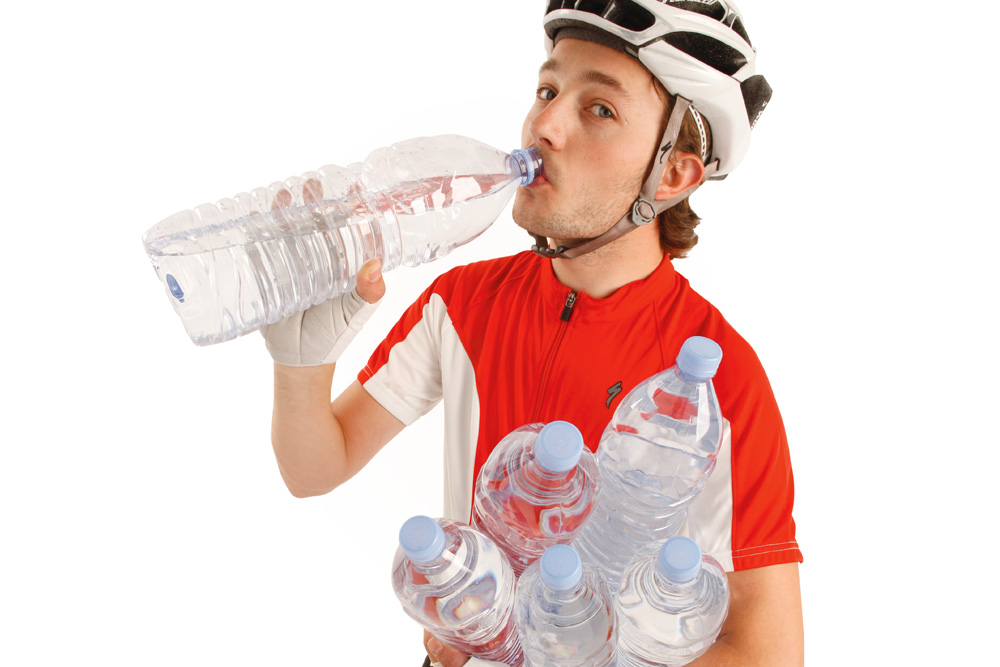
Hyper-hydration
The claim: Drinking at least eight glasses of water each day staves off hunger and ‘purifies’ the body.
The reality: Your body is an incredibly sophisticated piece of equipment when it comes to controlling thirst and satiety. Ever forgotten to drink enough? No, probably not, because thirst reminds you well in advance of any physical emergency. It’s a marvellous thing, thirst — highly sensitive, accurate, and nigh-on 100 per cent reliable. It’s a shame that “obey your thirst” has been cheapened through its use as a marketing slogan, because it’s a spot-on piece of advice: if you feel thirsty, drink. Downing glass after glass of water all day long won’t do you any good, won’t prevent you from feeling hungry, and is more likely to cause harmful electrolyte disturbances than to ‘flush out toxins’. What’s more, drinking huge quantities during sporting events has been known to cause hyponatremia, a potentially lethal accumulation of water in the body — a kind of self-drowning, best avoided!
>>> Is milk a good rehydration option?
“It is not necessary to drink more than that which quenches your thirst,” confirms sports scientist Ross Tucker (sportsscientists.com). “No one needs to tell you how much to drink. The thirst mechanism is highly sensitive and very successful at what it is meant to do: maintain your osmolality [fluid-to-electrolyte ratio], not your weight. If you lose a few kilos while exercising, it doesn’t mean you have become dangerously dehydrated. When you drink to thirst, you optimise your fluid intake.”
Drinking more water than thirst dictates is pointless and potentially dangerous. Water is essential but not magical. Simply drink when you are thirsty, and remember that energy drinks contain calories you may not really need; on sub-90min rides, stick to carb-free liquids.
Ditch fads, go full-time healthy
Fad diets are an effective way to make your bodyweight seesaw more frenetically than an overexcited child, but they will diminish your energy levels and destroy your cycling performance. It is far more sensible to eat healthily all year round. Here are Lucy McCrickard’s top tips for level-headed weight management:
- Avoid saturated and trans fats
- Avoid processed foods, such as ready meals, white pasta, white bread and white rice
- Reduce sugar intake
- Reduce caffeine, salt and alcohol — and other stimulants that can stress the liver
- Aim for low glycaemic load (GL) foods which release carbohydrate levels slowly and help keep blood sugar levels stable
- Eat seasonal, organic and fresh foods wherever possible for maximum nutrient content
- Stick to lean protein sources — white meat, fish (including oily fish), nuts, seeds and vegetarian proteins such as beans, pulses and nuts
- Don’t cut out any food groups
- Keep cycling!

Thank you for reading 20 articles this month* Join now for unlimited access
Enjoy your first month for just £1 / $1 / €1
*Read 5 free articles per month without a subscription

Join now for unlimited access
Try first month for just £1 / $1 / €1
Founded in 1891, Cycling Weekly and its team of expert journalists brings cyclists in-depth reviews, extensive coverage of both professional and domestic racing, as well as fitness advice and 'brew a cuppa and put your feet up' features. Cycling Weekly serves its audience across a range of platforms, from good old-fashioned print to online journalism, and video.
-
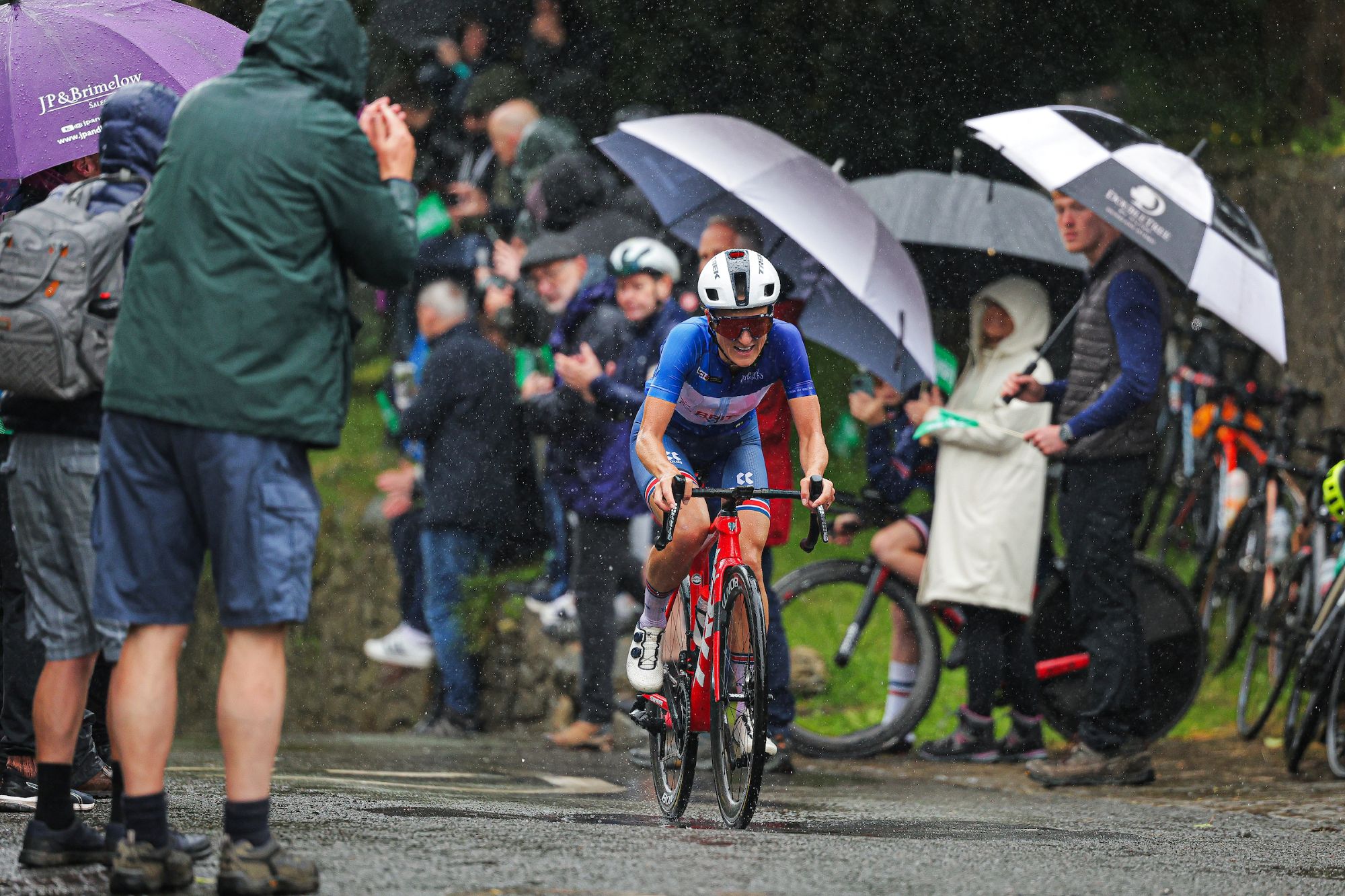 FDJ-Suez, SD Worx-Protime, Lidl-Trek confirmed for Tour of Britain Women as strong list of teams announced
FDJ-Suez, SD Worx-Protime, Lidl-Trek confirmed for Tour of Britain Women as strong list of teams announced18 teams set to take part in four-day WorldTour stage race
By Tom Thewlis
-
 Cyclists could face life sentences for killing pedestrians if new law passed in England and Wales
Cyclists could face life sentences for killing pedestrians if new law passed in England and WalesReckless cycling currently carries a maximum two-year jail term
By Tom Thewlis